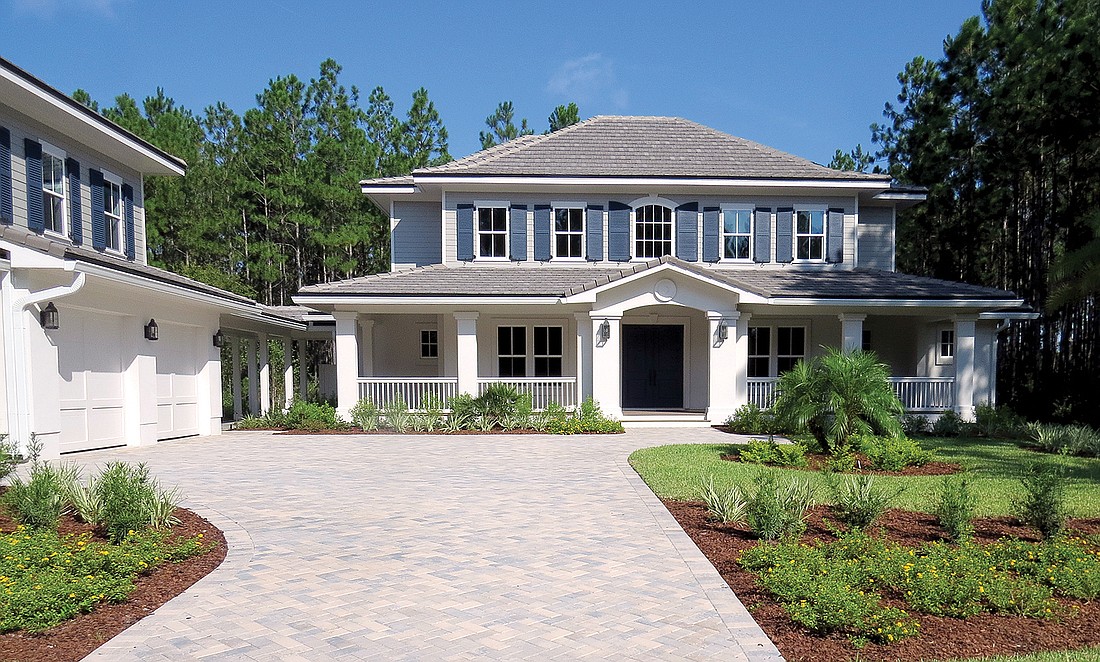People no doubt have heard of the internet and its morbid-sounding cousin, the “dark web.” There’s another term out there in the ether that many may not know about. It’s the “internet of things,” or IoT.
The IoT is just that … the connectivity of “things” intended to make life more comfortable for mere mortals. But all of this interconnectivity can open homes to vulnerabilities from the outside as many “dumb” devices connected to the “smart” home grid don’t possess the sophistication to protect themselves from hackers.
Someone reprogramming the coffee pot sounds more like a prank, but Glenn Layton of Glenn Layton Homes says there are greater issues lurking, and the industry is evolving to address them.
“That’s a growing concern, the Wi-Fi hackers being able to take control from outside.” Layton said. “A new Wi-Fi system we will be using has a three-step authentication process before any device can be linked to it. I think regarding Wi-Fi in general, people are starting to focus on how can it be more secure.”
But there are actions smart homeowners can take on their own to increase their home automation security. They include:
- Change default settings. Devices come with factory settings, and hackers know them. When connecting new devices to the internet, change the name of the device to something not so obvious, but one you can remember, and change the password.
- Install updates. Not all devices are automatically updated. Be on the lookout for new updates for smart home devices and install them manually.
- Isolate devices from the network. A hack into a smart home gadget can open a portal into the entire home’s network, including more critical devices such as laptops and smartphones. Home wireless routers typically have a guest network option, which can be used to isolate less critical and more vulnerable devices to help prevent a whole home hack.
- Don’t connect everything. If a device doesn’t require internet connectivity to function, or it’s just not a critical smart home feature, don’t connect it. If the device has multiple connectivity options such as Wi-Fi and ethernet, disable the unused connection. And a hard-wired connection always is the most secure.
- Disable unused features. Again, if you don’t need it or use it, disable it. Built-in cameras and microphones are easy targets for hackers. If you can’t disable the camera, physically block it.
- Secure the network: If your router has a built-in firewall, activate it to help block access to vulnerable devices. Intrusions also can be thwarted by implementing a virtual private network and encrypting incoming and outgoing data.
